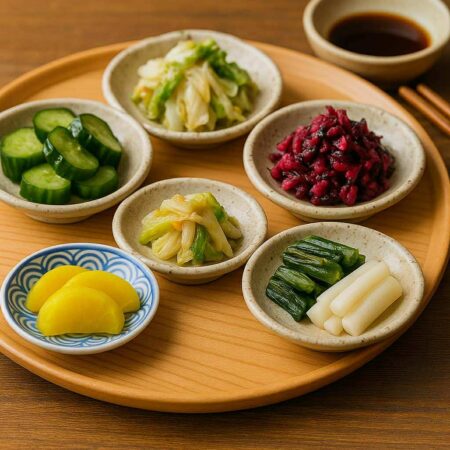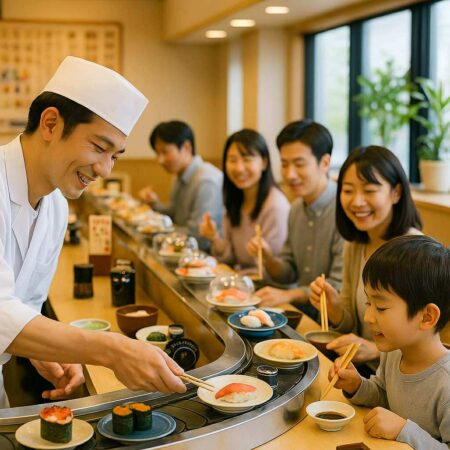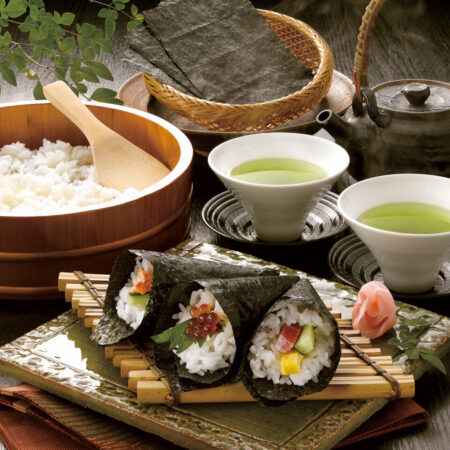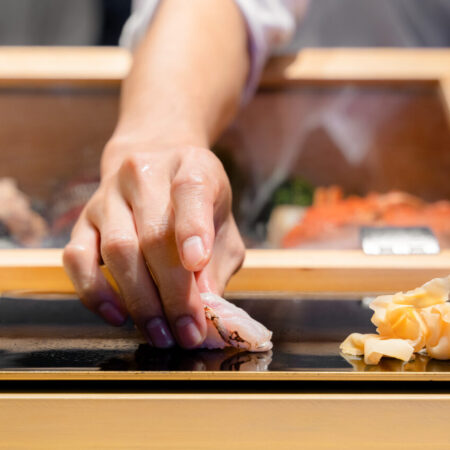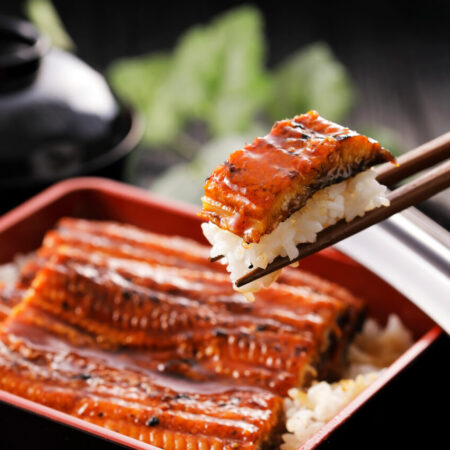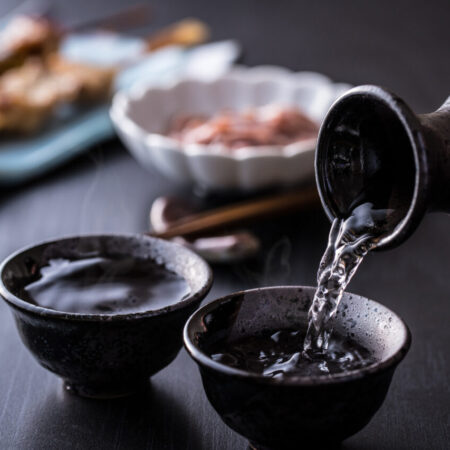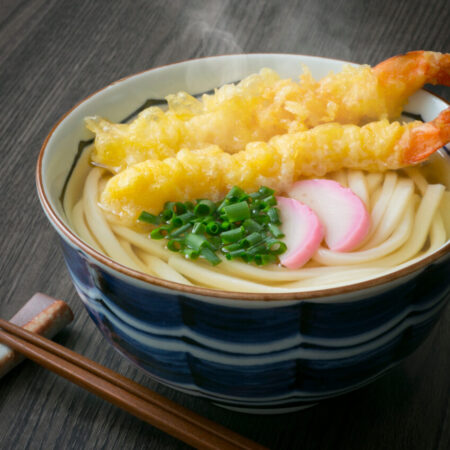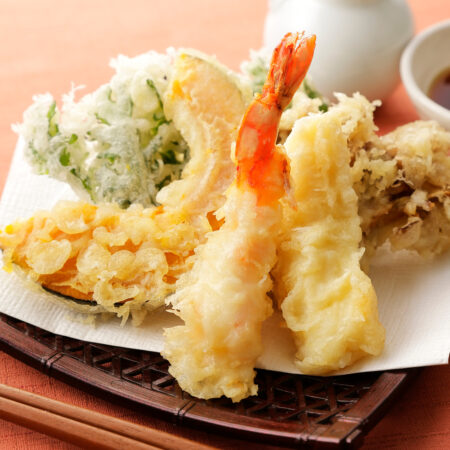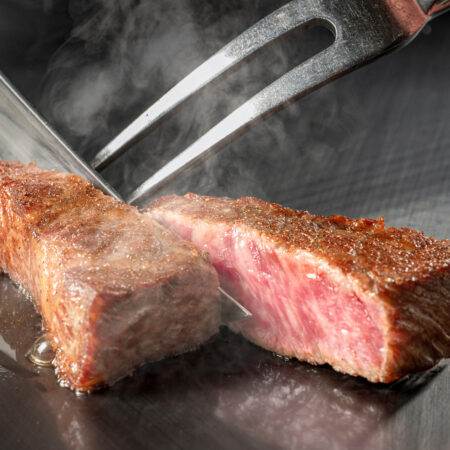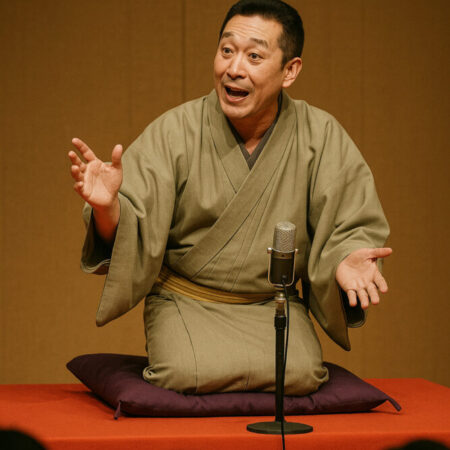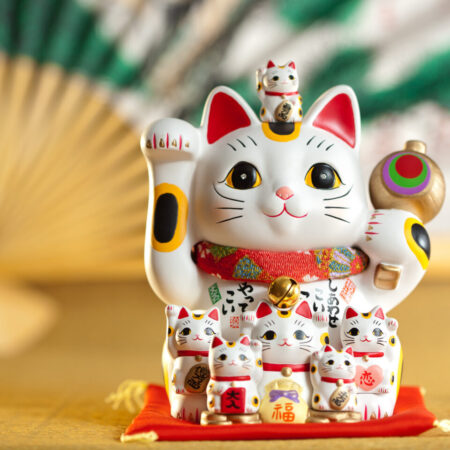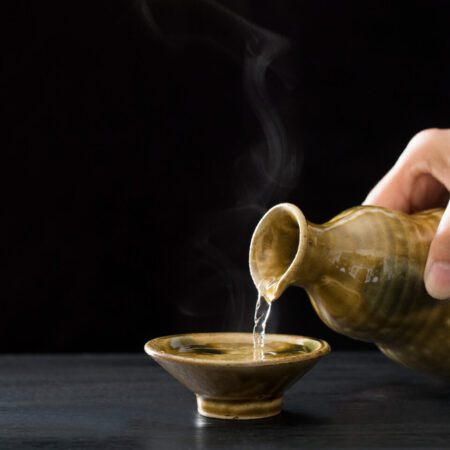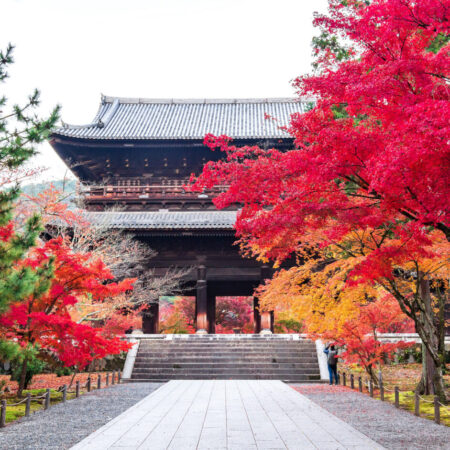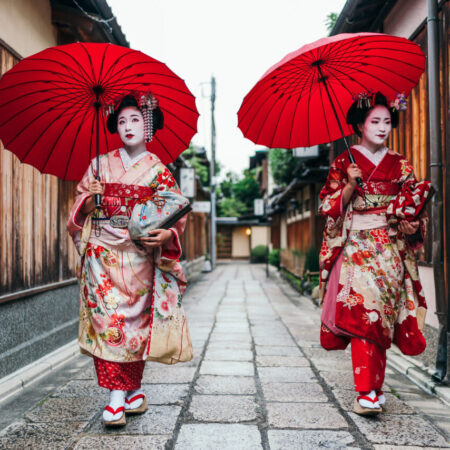What Are Tsukemono?
Tsukemono (Japanese pickles) are vegetables or fruits preserved in salt, vinegar, miso, or soy sauce.
While often translated simply as “Japanese pickles,” they are quite different from Western pickles — less sour, more savory, and often fermented to develop a rich umami flavor.
A Taste with History
The roots of tsukemono go back to the 8th century, during Japan’s Nara period.
Before refrigeration existed, pickling was a way to preserve seasonal produce.
As Buddhism spread and plant-based diets became common, tsukemono evolved into an essential part of everyday meals and regional food traditions.
Regional Varieties
- Umeboshi (pickled plums) — salty and sour, the perfect companion to rice.
- Takuan — sun-dried daikon radish pickled in rice bran; aromatic and crunchy.
- Shibazuke (Kyoto) — eggplant and cucumber pickled with red shiso leaves, giving it a vibrant purple hue.
- Narazuke (Nara) — melon or gourd pickled in sake lees, rich in aroma.
- Hiroshima-na zuke (Hiroshima) — crisp pickled greens unique to the region.
- Iburigakko (Akita) — smoked daikon pickled for a deep, smoky flavor.
Each region offers its own signature pickle — tasting them is one of the joys of traveling in Japan.
How to Enjoy Tsukemono
Tsukemono are incredibly versatile — enjoy them on their own or as part of a meal.
- With rice: as a side dish or in rice balls (onigiri).
- As ochazuke: pour hot tea or broth over rice topped with chopped pickles.
- With drinks: Narazuke and Iburigakko pair beautifully with sake or even wine.
- In fusion dishes: finely chopped pickles add texture and umami to salads or sushi rolls.
Everyday Role and Health Benefits
In traditional Japanese meals, tsukemono are one of the “three side dishes” (ichiju-sansai).
They not only enhance the flavor of rice but also aid digestion — especially fermented types rich in lactic acid bacteria.
As modern diners rediscover the value of fermentation, tsukemono are finding new appreciation for their health benefits and deep cultural roots.
In Closing
Tsukemono are far more than preserved vegetables — they’re a reflection of Japan’s respect for nature, time, and balance.
When you visit Japan, take the opportunity to taste local pickles from different regions.
Through their flavors, you’ll experience the quiet wisdom of Japanese food culture — a harmony between preservation, gratitude, and life.




